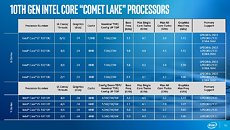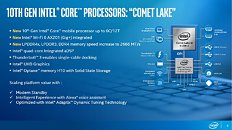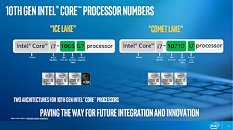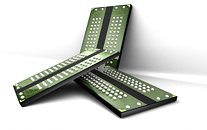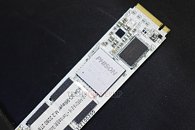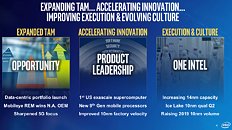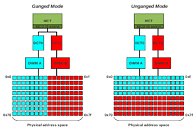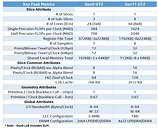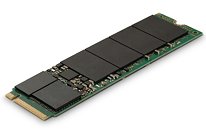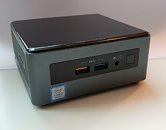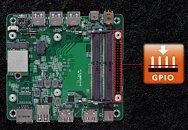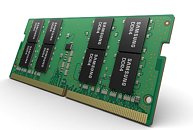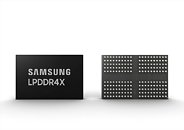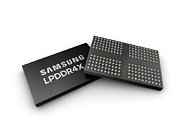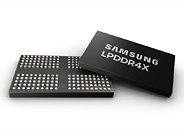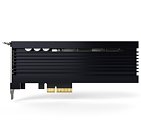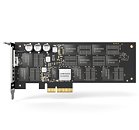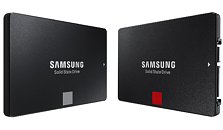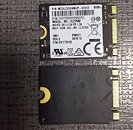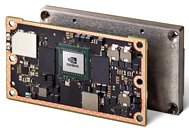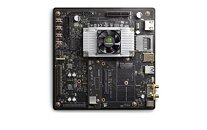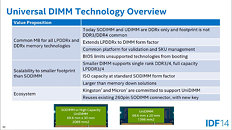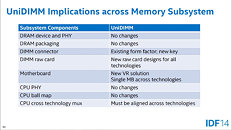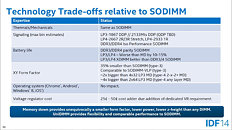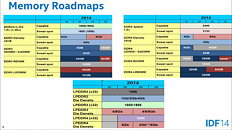
Samsung Begins Mass-production of 12GB LPDDR4X uMCP Memory Chips
Samsung Electronics, a world leader in advanced memory technology, today announced that it has begun mass producing the industry's first 12-gigabyte (GB) low-power double data rate 4X (LPDDR4X) UFS-based multichip package (uMCP). The announcement was made as part of the company's annual Samsung Tech Day at its Device Solutions' America headquarters in San Jose, California.
"Leveraging our leading-edge 24-gigabit (Gb) LPDDR4X chips, we can offer the highest mobile DRAM capacity of 12 GB not only for high-end smartphones but also for mid-range devices," said Sewon Chun, executive vice president of Memory Marketing at Samsung Electronics. "Samsung will continue to support our smartphone-manufacturing customers with on-time development of next-generation mobile memory solutions, bringing enhanced smartphone experiences to many more users around the globe."
"Leveraging our leading-edge 24-gigabit (Gb) LPDDR4X chips, we can offer the highest mobile DRAM capacity of 12 GB not only for high-end smartphones but also for mid-range devices," said Sewon Chun, executive vice president of Memory Marketing at Samsung Electronics. "Samsung will continue to support our smartphone-manufacturing customers with on-time development of next-generation mobile memory solutions, bringing enhanced smartphone experiences to many more users around the globe."








